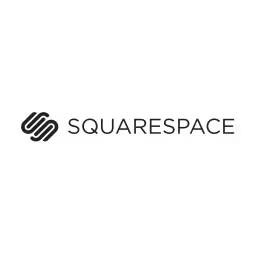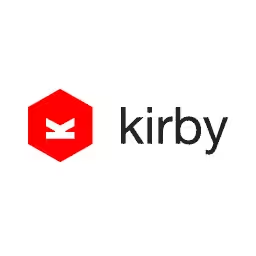Oliver Reichenstein

Oliver Reichenstein studied philosophy in Basel and Paris. He worked as brand consultant for Interbrand for four years. In 2003, he moved to Tokyo where he founded iA.
Information Architects was founded in 2005 in Tokyo. It quickly grew into “one of the most famous design agencies in the world” (Corriere Della Sera). Today, iA has offices in Tokyo, Zurich and Berlin. iA’s client list includes, among others, Zeit Online, UBS, Ringier, KPMG, Freitag, Tages-Anzeiger, NHK, Redbull and Monotype. With over 1,000,000 apps sold, iA Writer has become the best selling writing app for iPhone, iPad and Mac behind Apple’s own Pages.
Talk: Information, Architecture, and Containers
In spite of being called dead again and again by the spearheads of an industry that loves to redefine its terms and methods at every conference, “information architecture” is one of the few notions that have held their ground. Information architecture was and still is the discipline that defines the blue print of what we screen designers plan and build. Be it Websites, apps or touch screens for train ticket machines.
Architectural metaphors have proven to be useful for any kind of notional groundwork. The metaphors “house,” “foundation” or “construction” inevitably become rhetorical core operators when abstract thought reflects on its conditions. Architectural metaphors are popular in philosophy, business and poetry. The house as a place of safety provided old rhetoricians with a solid mnemonic they used to memorize their speeches. The house is a place to be safe and thus it provides us with a metaphor that transports safety and clarity. As helpful as it is to use metaphors when dealing with dark matter, metaphors can incite false analogies, they can simulate safety where there is none and they can easily mislead. Information architecture is a tough discipline that only reveals its inner chambers after years and years of practice. In this speech I would like to talk about what we, at iA, have learned lately.





